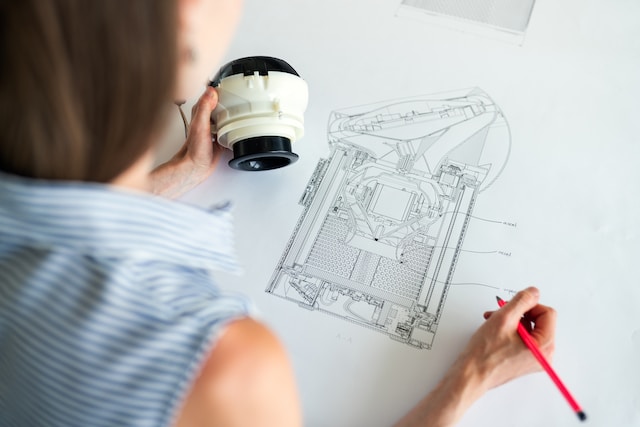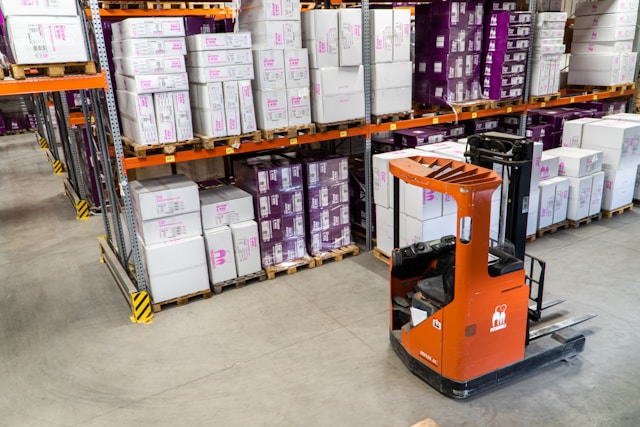Truck fleet management includes a set of several activities. If a straightforward definition is enough, it’s about moving a certain amount of goods from one point to another with a minimum investment of time and resources. In 2020, the logistics industry in its entirety was affected by the COVID-19 pandemic, so the optimization of expenses remains a key necessity for the majority of T&L businesses in 2021.
The pandemic isn’t a sole problem though. Besides, all the hot fuss with saving costs hasn’t happened overnight. For instance, the Truck Expert’s report claims that truck operating costs grew to 4.6% in 2018. The reason? To a greater extent, such results reflect the deficiency in truck fleet management. And I don’t even mention the highest competition in the logistics market! All these factors affect the bottom line of any small and medium transportation business. This way, the management of a truck fleet sounds like a dare, and it definitely is. However, with the right truck fleet management software this task gets a lot easier.
So how can one efficiently manage a truck fleet? With technology, surely! Fleet management software is software that enables fleet managers to keep a close eye on all aspects relating to a fleet of vehicles. A transparent reporting and analytics system will allow fleet managers to effectively manage budgets and make staff work more efficiently. This way, without further ado, let’s talk about five challenges that digital solutions can solve.
Fuel consumption control
According to stats, more than 50% of the variable costs of maintaining a vehicle fleet are fuel. An unjustified increase in fuel costs (including the widespread practice of fuel theft by drivers) disrupts the entire economy of the transport fleet. It’s not just about the extra gas costs. For example, to hide the misuse of fuel, the driver winds up the odometer mileage. And the company, focusing on incorrect mileage data, is spending more money on vehicle maintenance than it actually needs.
Proper analysis
As a rule, logistics companies change cars every eight years or every 185.000 miles. It turns out that the average mileage of a car is 23.300 miles – a relatively small figure. With low mileage, the cost of transportation increases. In this regard, it’s more profitable to attract hired transport or to change the logistics scheme in order to increase mileage and efficiency of a fleet of trucks. This is where software comes in handy. Fleet management software collects data about each vehicle and optimizes the load distribution between all the vehicles in the fleet.
Maintenance
It’s surely advisable to plan your maintenance activities in advance. Proper software helps T&L companies to reduce the risk of sudden breakdowns, control repair costs, and avoid unpleasant conversations with customers. This allows you to significantly save money and maintain the efficient operation of the vehicle fleet.
Truck fleet management solutions allow you to draw up a full schedule of cars and control maintenance on time. It is possible to keep records of fleet maintenance on a daily, weekly, or monthly basis.
Control of delivery times and speed limits
Cargos and their transportation differ. In particular, the transportation of auto components (bumpers, front body parts, and suspension parts) requires strict adherence to the speed limit – no more than 30 miles per hour. And if due to the fault of the carrier, which missed the delivery time, the automaker is forced to stop the assembly line, the transport company will face significant fines. Fleet management solutions ensure control over the storage conditions of components at the carrier’s warehouse, compliance with the speed limit, and delivery times for such types of load.
Control of driving style
Breakdowns and repairs are inevitable, but with lean driving (without sharp maneuvers, sudden increases/drops in speed, etc.), the cost of repairing a vehicle fleet will not exceed 3-5% of the annual gross profit. Telemetry will help to assess the driving style of each driver in your fleet. The online vehicle monitoring system allows you to track dangerous driver maneuvers. In case you spot some reckless driving, you can always talk to the driver directly and discuss it.
To Sum Up
Again, cutting costs is vital. However, it is necessary not only to cut costs but to do it efficiently. Fleet owners often focus on the wrong aspects of saving: they cut drivers’ salaries, save on fuel, insurance, and maintenance. As a result, even if costs are reduced, then only slightly. At the same time, employee dissatisfaction grows, and drivers quit.
Fleet management software changes this paradigm for good. A proper solution allows you to automate routine business processes and cover the entire cycle of a fleet. Such systems show the location of each vehicle, track movement along the route, and record delays and deviations. So you will always have the necessary data for making the right management decisions. I hope you found this article helpful.







